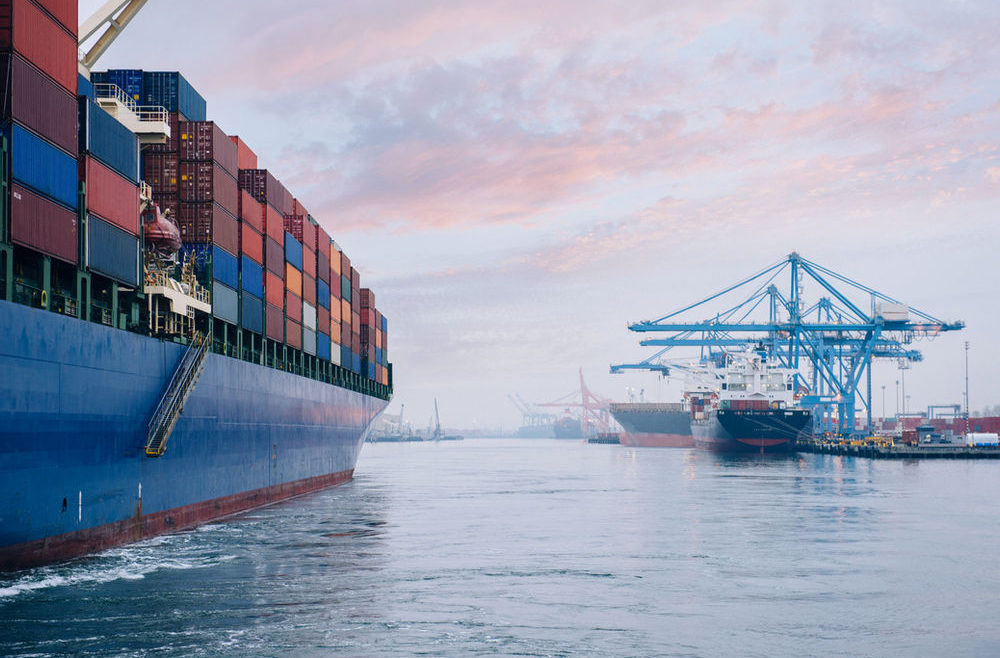If you are new to using a freight forwarder, or maybe have been using one and had not thought to ask about credentials, here are three things your freight forwarder must have. read more
Today’s supply chains move quickly, and often involve many different pieces from different locations that need to be brought together and delivered on time. This means the freight forwarder you select should be able to pull a lot of different parts together in a way that will optimize processes, reduce costs, and provide consistent service. read more
Freight forwarders are very good at moving shipments around the globe in the most compliant manner possible, but did you know that their capabilities and competencies actually stretch much further? read more
I understand that the temptation to buy on a Cost, Insurance & Freight (CIF) basis is very hard to resist. After all, isn’t it so much easier? When you don’t have to coordinate with a freight forwarder and don’t have to negotiate freight rates, all you have to do is to wait for the vessel or airplane to arrive, right? It’s almost too good to be true! Well, actually, it is absolutely too good to be true.
Why?
- Commercial Invoices will understandably show the agreed upon CIF costs. Unfortunately, that means the ocean transportation and insurance costs have been included in the sales price and are subject to duties and fees. For example, if your product is subject to a 3% tariff and the ocean freight cost included in the CIF price is $4,000 then you will pay an additional $120. In years past, many suppliers showed the cost of ocean transport on the invoice in order to avoid this situation, but Customs now expects rated Ocean/Air Bills of Lading as proof to substantiate any deductions to dutiable merchandise value.
- VERY frequently, CIF pricing includes hidden supplier profits on transportation. These profits inflate your overall cost of goods unnecessarily.
- You will have a nearly complete lack of control of your precious cargo. If your supplier is arranging the freight, they will understandably select the carrier whose vessel/plane will meet the contractual requirements but at the cheapest possible rate. In a situation where you need to select a faster or unique routing, your hands are tied.
- Often times your contracts are based on departure dates from the port of origin. While this fact seems inconsequential, the transit time between carriers can be significant – especially if the supplier selected carrier is using a transshipment ocean service. When you are expecting a 24 day transit to the East Coast and it takes 36 days, for example, the impact to your operation and cash flow are more than significant. To make matters worse, you usually learn of the delayed arrival after the vessel has departed and it is too late to arrange for a premium service.
- CIF shipments are frequently quoted without Destination Handling Charge (DTHC) noted in the quotation. While this meets the requirements of the terms of sale, it does not give the importer the full picture of total cost. Many CIF importers are unpleasantly surprised by substantial charges upon freight arrival. When you control your cargo through FOB terms, you can readily accumulate the TOTAL cost of freight for your goods.
- There is a “dirty little secret” in the shipping business. Frequently, the “invisible” DTHC charges noted in item 5 above are also charged well above market rates to transfer freight cost obligations from shipper to consignee (from supplier to buyer). If you were the freight forwarder being paid by the shipper, who would you be more eager to please when shipping CIF goods? The supplier, correct.
- Are you actually well protected by the cargo insurance provided by your supplier? First of all, who is listed as the beneficiary on the insurance? Under most situations, the company which arranges the insurance is also the beneficiary; therefore, your supplier will receive the payment if your product is damaged. And, since damage is usually discovered when the freight is unloaded at your warehouse, you probably have already made the final payment on the shipment and now have to hope your supplier will reimburse you from the insurance payment they receive.
- Unfortunately, the problems with insurance do not end with item 7 above. Even if you require that the supplier list your company as the beneficiary, what costs does their insurance cover? It might only cover the CIF price and now you are left “holding the bag” for Customs Entry, Duties, and the inland transportation from the CIF seaport/airport. And, who pays for the office time, opportunity costs, and therapy sessions? Nobody.
The last major concern is the Importer Security Filing (ISF) Filing. On a CIF shipment, you are relying on your supplier to provide the ISF information to you for the filing. The problem is that as the US Importer of Record, you are held accountable for its accuracy and timeliness. If your supplier is late with the information, you will be held accountable. ISF penalties start at $5,000 per event with a maximum of $10,000, and who wants to explain to senior management why this fine has to be paid?






